Cable television is a system of delivering television programming to consumers via radio frequency (RF) signals transmitted through coaxial cables, or in more recent systems, light pulses through fibre-optic cables. This contrasts with broadcast television (also known as terrestrial television), in which the television signal is transmitted over the air by radio waves and received by a television antenna attached to the television; or satellite television, in which the television signal is transmitted by a communications satellite orbiting the Earth and received by a satellite dish on the roof. FM radio programming, high-speed Internet, telephone services, and similar non-television services may also be provided through these cables. Analog television was standard in the 20th century, but since the 2000s, cable systems have been upgraded to digital cable operation.
CABLE TELEVISION - HOW DOES IT WORK?
 In the 1950s, there were four television networks in the United States. Because of the frequencies allotted to television, the signals could only be received in a "line of sight" from the transmitting antenna. People living in remote areas, especially remote mountainous areas, couldn't see the programs that were already becoming an important part of U.S. culture.
In the 1950s, there were four television networks in the United States. Because of the frequencies allotted to television, the signals could only be received in a "line of sight" from the transmitting antenna. People living in remote areas, especially remote mountainous areas, couldn't see the programs that were already becoming an important part of U.S. culture.
In 1948, people living in remote valleys in Pennsylvania solved their reception problems by putting antennas on hills and running cables to their houses. These days, the same technology once used by remote hamlets and select cities allows viewers all over the country to access a wide variety of programs and channels that meet their individual needs and desires. By the early 1990s, cable television had reached homes across the world.
Today, cable systems deliver hundreds of channels to millions of homes, while also providing a growing number of people with high-speed Internet access. Some cable systems even let you make telephone calls and receive new programming technologies! In this article, we'll show you how cable television brings you so much information and such a wide range of programs, from educational to inspirational to just plain odd. The earliest cable systems were, in effect, strategically placed antennas with very long cables connecting them to subscribers' television sets. Because the signal from the antenna became weaker as it traveled through the length of cable, cable providers had to insert amplifiers at regular intervals to boost the strength of the signal and make it acceptable for viewing. According to Bill Wall, technical director for subscriber networks at Scientific-Atlanta, a leading maker of equipment for cable television systems, limitations in these amplifiers were a significant issue for cable system designers in the next three decades.
"In a cable system, the signal might have gone through 30 or 40 amplifiers before reaching your house, one every 1,000 feet or so," Wall says. "With each amplifier, you would get noise and distortion. Plus, if one of the amplifiers failed, you lost the picture. Cable got a reputation for not having the best quality picture and for not being reliable." In the late 1970s, cable television would find a solution to the amplifier problem. By then, they had also developed technology that allowed them to add more programming to cable service.
In the early 1950s, cable systems began experimenting with ways to use microwave transmitting and receiving towers to capture the signals from distant stations. In some cases, this made television available to people who lived outside the range of standard broadcasts. In other cases, especially in the northeastern United States, it meant that cable customers might have access to several broadcast stations of the same network. For the first time, cable was used to enrich television viewing, not just make ordinary viewing possible. This started a trend that would begin to flower fully in the 1970s.
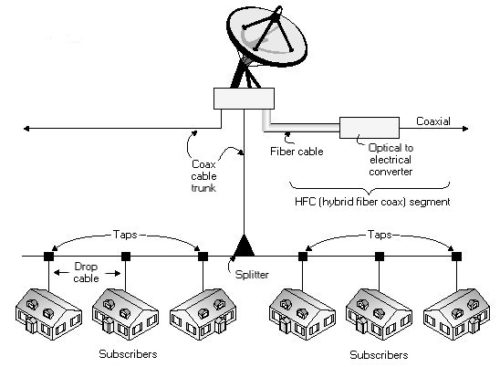 The addition of CATV (community antenna television) stations and the spread of cable systems ultimately led manufacturers to add a switch to most new television sets. People could set their televisions to tune to channels based on the Federal Communications Commission (FCC) frequency allocation plan, or they could set them for the plan used by most cable systems. The two plans differed in important ways. In both tuning systems, each television station was given a 6-megahertz (MHz) slice of the radio spectrum. The FCC had originally devoted parts of the very high frequency (VHF) spectrum to 12 television channels. The channels weren't put into a single block of frequencies, but were instead broken into two groups to avoid interfering with existing radio services.
The addition of CATV (community antenna television) stations and the spread of cable systems ultimately led manufacturers to add a switch to most new television sets. People could set their televisions to tune to channels based on the Federal Communications Commission (FCC) frequency allocation plan, or they could set them for the plan used by most cable systems. The two plans differed in important ways. In both tuning systems, each television station was given a 6-megahertz (MHz) slice of the radio spectrum. The FCC had originally devoted parts of the very high frequency (VHF) spectrum to 12 television channels. The channels weren't put into a single block of frequencies, but were instead broken into two groups to avoid interfering with existing radio services.
Later, when the growing popularity of television necessitated additional channels, the FCC allocated frequencies in the ultra-high frequency (UHF) portion of the spectrum. They established channels 14 to 69 using a block of frequencies between 470 MHz and 812 MHz. Because they used cable instead of antennas, cable television systems didn't have to worry about existing services. Engineers could use the so-called mid-band, those frequencies passed over by broadcast TV due to other signals, for channels 14-22. Channels 1 through 6 are at lower frequencies and the rest are higher. The "CATV/Antenna" switch tells the television's tuner whether to tune around the mid-band or to tune straight through it.
While we're on the subject of tuning, it's worth considering why CATV systems don't use the same frequencies for stations broadcasting on channels 1 to 6 that those stations use to broadcast over the airwaves. Cable equipment is designed to shield the signals carried on the cable from outside interference, and televisions are designed to accept signals only from the point of connection to the cable or antenna; but interference can still enter the system, especially at connectors. When the interference comes from the same channel that's carried on the cable, there is a problem because of the difference in broadcast speed between the two signals.
Radio signals travel through the air at a speed very close to the speed of light. In a coaxial cable like the one that brings CATV signals to your house, radio signals travel at about two-thirds the speed of light. When the broadcast and cable signals get to the television tuner a fraction of a second apart, you see a double image called "ghosting."
In 1972, a cable system in Wilkes-Barre, PA, began offering the first "pay-per-view" channel. The customers would pay to watch individual movies or sporting events. They called the new service Home Box Office, or HBO. It continued as a regional service until 1975, when HBO began transmitting a signal to a satellite in geosynchronous orbit and then down to cable systems in Florida and Mississippi. Scientific-Atlanta's Bill Wall says that these early satellites could receive and retransmit up to 24 channels. The cable systems receiving the signals used dish antennas 10 meters in diameter, with a separate dish for each channel! With the beginning of satellite program delivery to cable systems, the basic architecture of the modern cable system was in place.
As the number of program options grew, the bandwidth of cable systems also increased. Early systems operated at 200 MHz, allowing 33 channels. As technology progressed, the bandwidth increased to 300, 400, 500 and now 550 MHz, with the number of channels increasing to 91. Two additional advances in technology -- fiber optics and analog-to-digital conversion -- improved features and broadcast quality while continuing to increase the number of channels available.
The Glass Cable
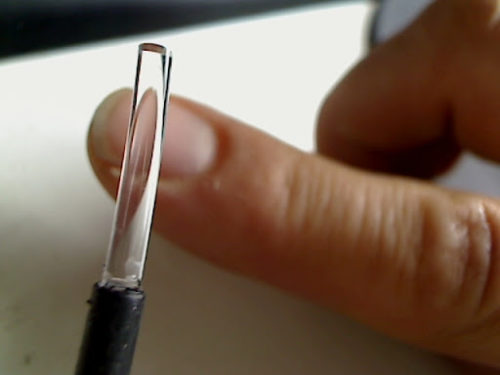 In 1976, a new sort of cable system debuted. This system used fiber-optic cable for the trunk cables that carry signals from the CATV head-end to neighborhoods. The head-end is where the cable system receives programming from various sources, assigns the programming to channels and retransmits it onto cables. By the late 1970s, fiber optics had progressed considerably and so were a cost-effective means of carrying CATV signals over long distances. The great advantage of fiber-optic cable is that it doesn't suffer the same signal losses as coaxial cable, which eliminated the need for so many amplifiers. In the early fiber-optic cable systems, the number of amplifiers between head-end and customer was reduced from 30 or 40 down to around six. In systems implemented since 1988, the number of amplifiers has been further reduced, to the point that only one or two amplifiers are required for most customers. Decreasing the number of amplifiers made dramatic improvements in signal quality and system reliability.
In 1976, a new sort of cable system debuted. This system used fiber-optic cable for the trunk cables that carry signals from the CATV head-end to neighborhoods. The head-end is where the cable system receives programming from various sources, assigns the programming to channels and retransmits it onto cables. By the late 1970s, fiber optics had progressed considerably and so were a cost-effective means of carrying CATV signals over long distances. The great advantage of fiber-optic cable is that it doesn't suffer the same signal losses as coaxial cable, which eliminated the need for so many amplifiers. In the early fiber-optic cable systems, the number of amplifiers between head-end and customer was reduced from 30 or 40 down to around six. In systems implemented since 1988, the number of amplifiers has been further reduced, to the point that only one or two amplifiers are required for most customers. Decreasing the number of amplifiers made dramatic improvements in signal quality and system reliability.
Another benefit that came from the move to fiber-optic cable was greater customization. Since a single fiber-optic cable might serve 500 households, it became possible to target individual neighborhoods for messages and services. In the 1990s, cable providers found this same neighborhood grouping to be ideal for creating a local-area network and providing Internet access through cable modems.
In 1989, General Instruments demonstrated that it was possible to convert an analog cable signal to digital and transmit it in a standard 6-MHz television channel. Using MPEG compression, CATV systems installed today can transmit up to 10 channels of video in the 6-MHz bandwidth of a single analog channel. When combined with a 550-MHz overall bandwidth, this allows the possibility of nearly 1,000 channels of video on a system. In addition, digital technology allows for error correction to ensure the quality of the received signal.
The move to digital technology also changed the quality of one of cable television's most visible features: the scrambled channel. The first system to "scramble" a channel on a cable system was demonstrated in 1971. In the first scrambling system, one of the signals used to synchronize the television picture was removed when the signal was transmitted, then reinserted by a small device at the customer's home. Later scrambling systems inserted a signal slightly offset from the channel's frequency to interfere with the picture, then filtered the interfering signal out of the mix at the customer's television. In both cases, the scrambled channel could generally be seen as a jagged, jumbled set of video images.
In a digital system, the signal isn't scrambled, but encrypted. The encrypted signal must be decoded with the proper key. Without the key, the digital-to-analog converter can't turn the stream of bits into anything usable by the television's tuner. When a "non-signal" is received, the cable system substitutes an advertisement or the familiar blue screen.
Future of Cable Television till 2030
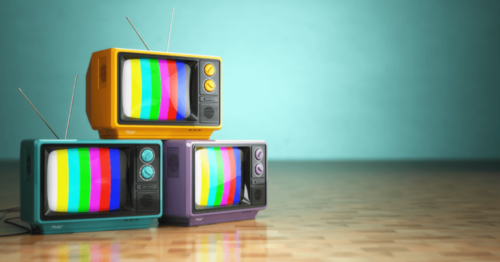 “On-demand-services will disrupt the TV and video industry”, “New market players such as Netflix or Amazon will replace traditional broadcasters”, “Consumers’ demand for TV and video consumption is fundamentally changing”: established players are being increasingly confronted with horror news about their own positioning within the future TV and video landscape.
“On-demand-services will disrupt the TV and video industry”, “New market players such as Netflix or Amazon will replace traditional broadcasters”, “Consumers’ demand for TV and video consumption is fundamentally changing”: established players are being increasingly confronted with horror news about their own positioning within the future TV and video landscape.
Scientific scenario approach identified another group of relevant influencing factors. By contrast to the ‘critical uncertainties’, our experts predict a distinct evolution for those. Six statements outline the key future developments in the TV and video industry which can be clearly foreseen:
-
Digitalization will change content production, distribution, and recommendation functionalities - All-IP becomes the standard for TV and Video distribution. Fiber infrastructure and 5G networks will handle the massive increase in digital traffic caused by an increasingly flexible and mobile use of media offerings. Beyond that, they will strongly drive the digitalization level of video production processes. Artificial Intelligence (AI) and analytics become key elements of smart content discovery with intelligent recommendation functionalities.
-
Traditional TV and non-linear content offerings will coexist - Linear and on-demand content will be equally important and will coexist peacefully. Video-on-demand will soon become mainstream in all population groups, at the same time linear TV remains significant. Especially live content such as sports and major events will preserve the high importance of traditional, linear television.
-
Advertising becomes targeted - TV and video advertising will adapt to new formats and increasingly focus on personalized ads. Leveraging consumer data will enable stakeholders to hypertarget their ads and content, and thus maximize customer experience and value. However, the extent of targeted advertising still depends on regulation and consumers’ willingness to share their data. Advertising marketing will be something between a fully automated process and individual sales negotiations.
-
Moderate Market Regulation - Overall Market regulation will be more moderate compared to the highly regulated media industry today. The lower level of regulation for online and mobile offerings leads to a reduction of the regulatory pressure for all market players, especially for the traditional media companies. In particular, lower regulatory pressure will lead to a higher level of freedom when it comes to cooperation between market players and concentration of media ownership. Net neutrality will continue to exist.
-
Advertising and direct revenues will remain most relevant - Generating new revenue streams is rather difficult for the protagonists in the TV and video market. Innovative offers such as demand-based-pricing for content will not prevail to a major extent. In addition, consumer data has been only partly used to monetize. There are only a few new data-driven revenue streams for broadcasters, as consumers show only a moderate willingness to pay with their data.
-
New and existing players will reposition along the value chain in a partly consolidated market - The global media industry will be partly consolidated. Stakeholders will make use of strategic mergers, acquisitions, and alliances to strengthen their content quality and distribution capability. Moreover, numerous market players will shift along the value chain by expanding their businesses. Broadcasters will focus on their core competencies but also occupy some other positions in the value chain. OTTs become more important in the future TV and video market, whereas tech players play a minor role. Looking at content production, both traditional studios and non-traditional providers will be part of it.
-
Universal Supermarkets - In the Universal Supermarket scenario, broadcasters and content producers need to focus on the implementation and positioning of strong content brands. This branded content must be used to improve bargaining positions when negotiating partnerships with content distributors. Also, content brands should seek more international licensing and leverage. To secure additional revenue streams, broadcasters and content producers must extend their business models beyond the TV and video market into other fields, such as merchandising.
-
Content Endgame - Larger content producers need to invest more strongly in international content production directly or via subsidiaries to keep pace with their big global counterparts. Besides this focus on content, larger producers must strengthen the fields of customer relationship and advertising marketing in the Content Endgame scenario. Smaller broadcasters and content producers need to position themselves as inimitable national partners for global players through unique, local, and strongly branded content. Furthermore, they must explore alternative distribution channels through strategic alliances with DPCs or IP network operators.
-
Revenge of the Broadcasters - In this scenario, broadcasters must keep an eye on the general conditions of the video market. They need to be aware of their political role and must exert influence to prevent adjustments in the the regulatory framework towards a less strict regime.
- Lost in Diversity - In the Lost in Diversity scenario, broadcasters and content producers must clearly place the emphasis on their own strengths. In a world in which everyone does everything, only a strong focusing strategy and appropriate investments secure the future market existence of broadcasters and content producers.






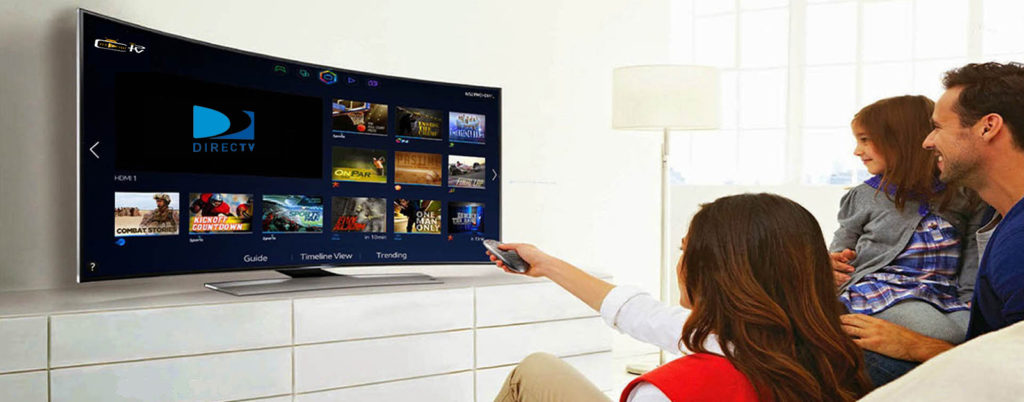
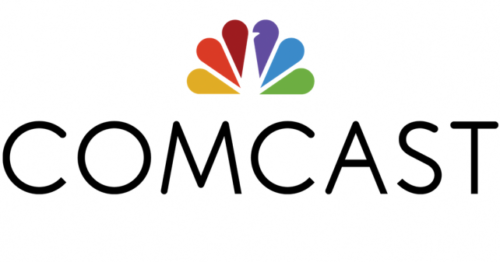
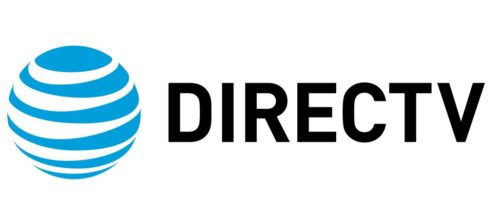
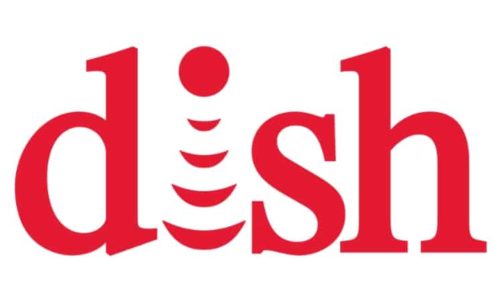
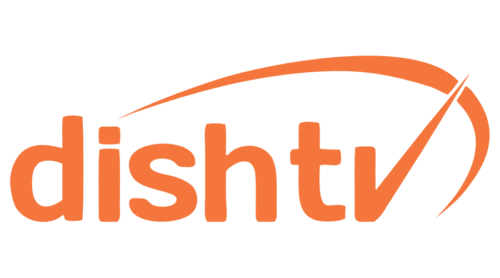
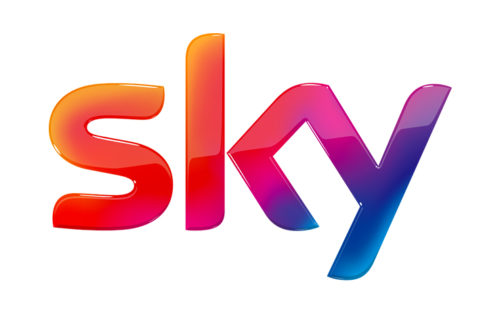
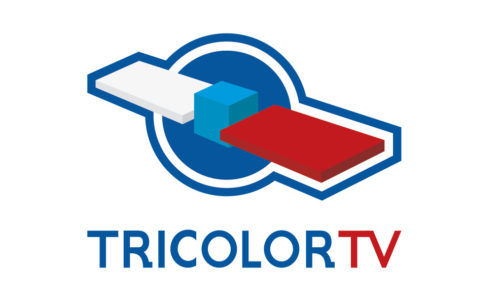
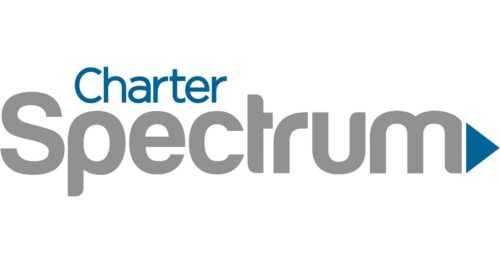
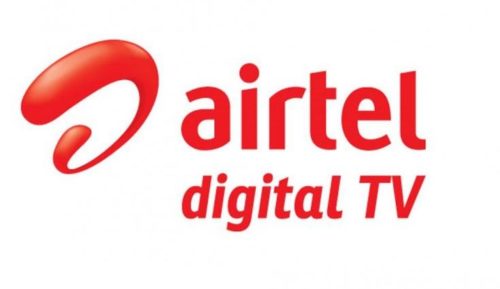
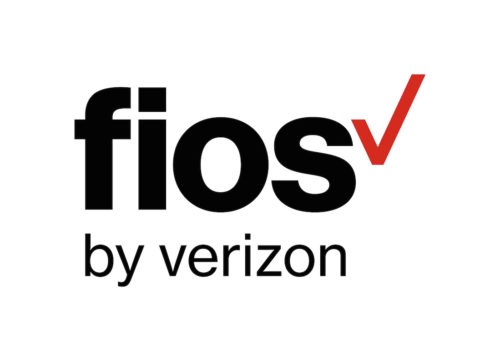
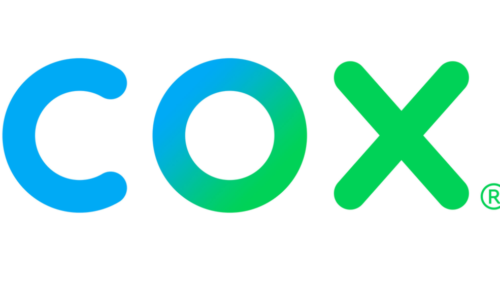

Leave a Reply